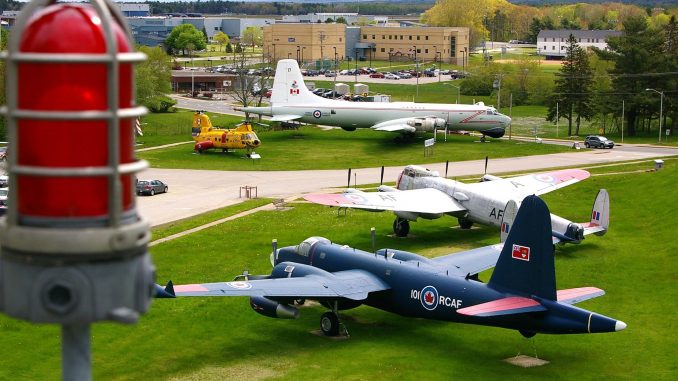
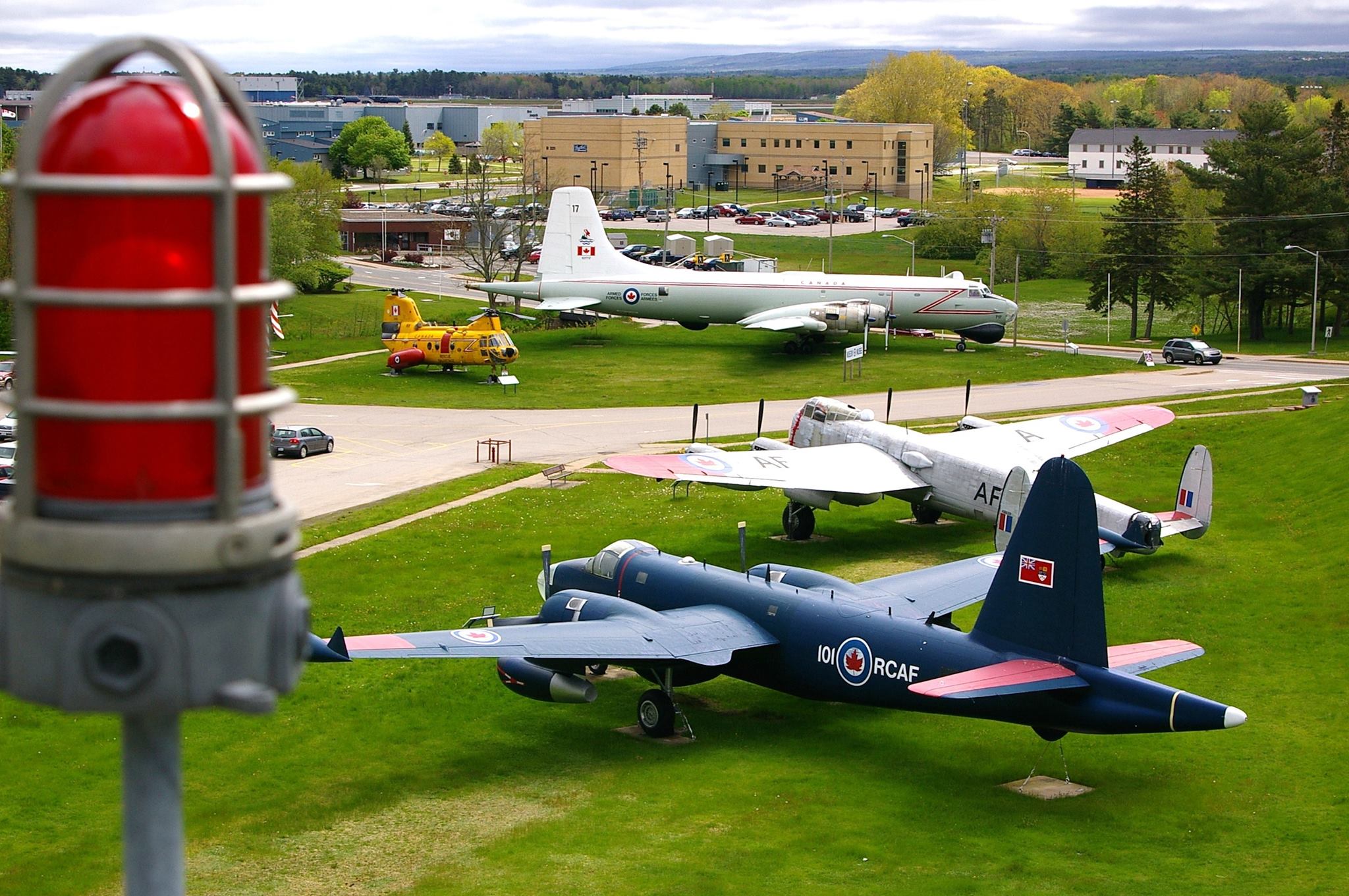
WarbirdsNews likes to publicize aviation museums and projects far and wide, but we especially like to raise public awareness of the lesser known organizations. We thought our readers would be interested to learn more about the Greenwood Military Aviation Museum which sits adjacent to Canadian Forces Base Greenwood in Greenwood, Nova Scotia. CFB Greenwood started out as RAF Station Greenwood in 1942 as part of the British Commonwealth Air Training Plan, before moving to RCAF control in 1944. It went on to become a bulwark of Canada’s maritime defense during the Cold War and beyond. Long range patrol aircraft have always called Greenwood home, and so it continues today with the CP-140 Aurora and Arcturus variants of the Lockheed P-3 Orion.
The museum has quietly emerged from a small air park into an impressive collection over the past few years featuring such rare types as the Avro Lancaster, Bristol Bolingbroke and Canadair Argus. GMAM is also developing a formidable aircraft restoration pedigree as well; completing several major projects recently, with several more actively on the go. We are grateful to the museum’s public relations officer, Malcolm Uhlman, for providing us with a brief history of the museum which we’ve edited to share with you here. We hope to have regular restoration progress updates featuring their aircraft over the coming months as well.
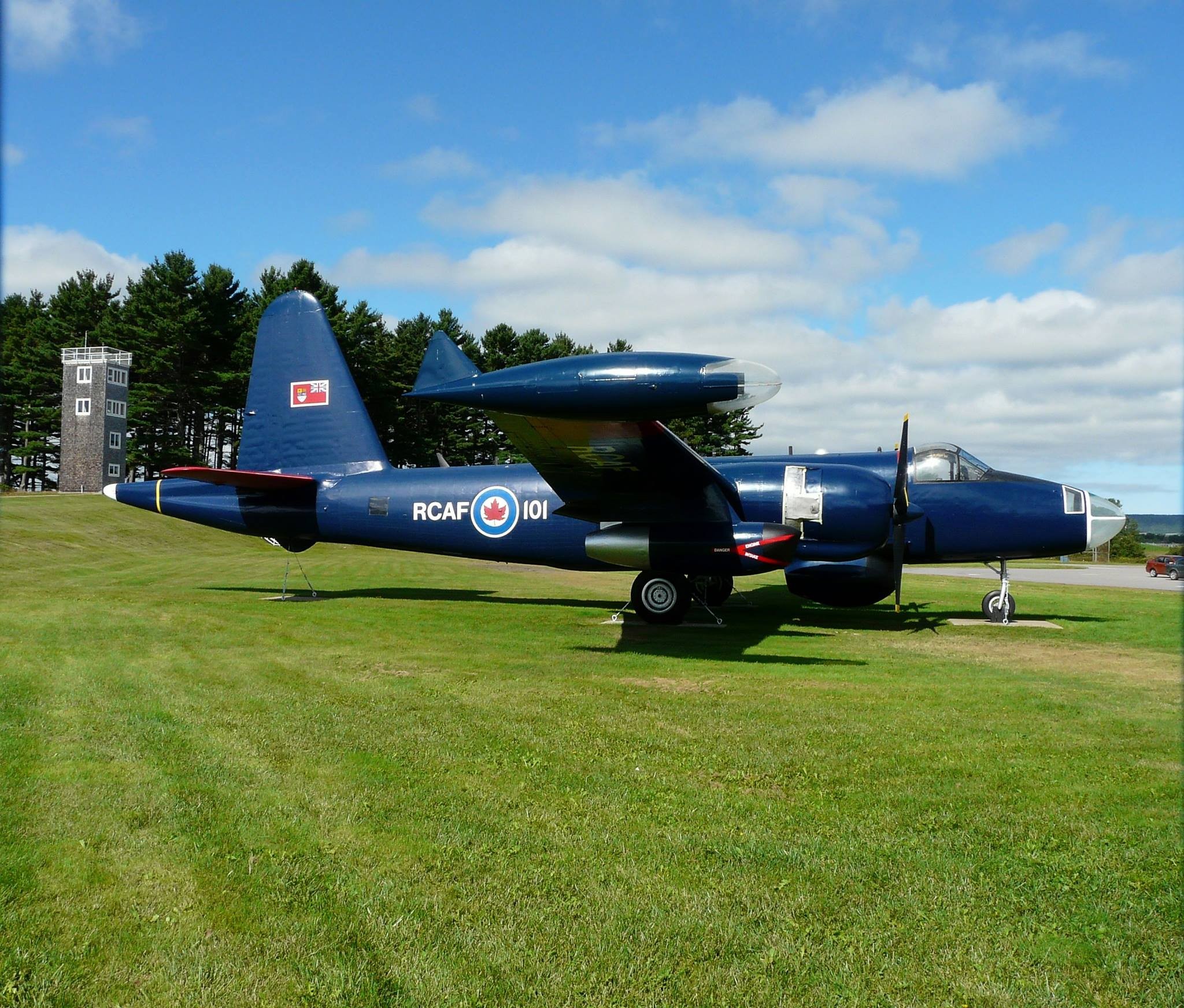
Malcolm Uhlman:
The Greenwood Military Aviation Museum is located at Canadian Forces Base Greenwood in Nova Scotia’s Annapolis Valley. Following encouragement from its then base commander, Ken Allen, the museum began in 1992 with a mandate to capture and preserve the history and heritage of Greenwood and its units. Greenwood Military Aviation Museum has grown and developed to do just that. A small, dedicated group of retired and serving military personnel paired with local aviation enthusiasts to form the society which remains the backbone of the Museum to this day.
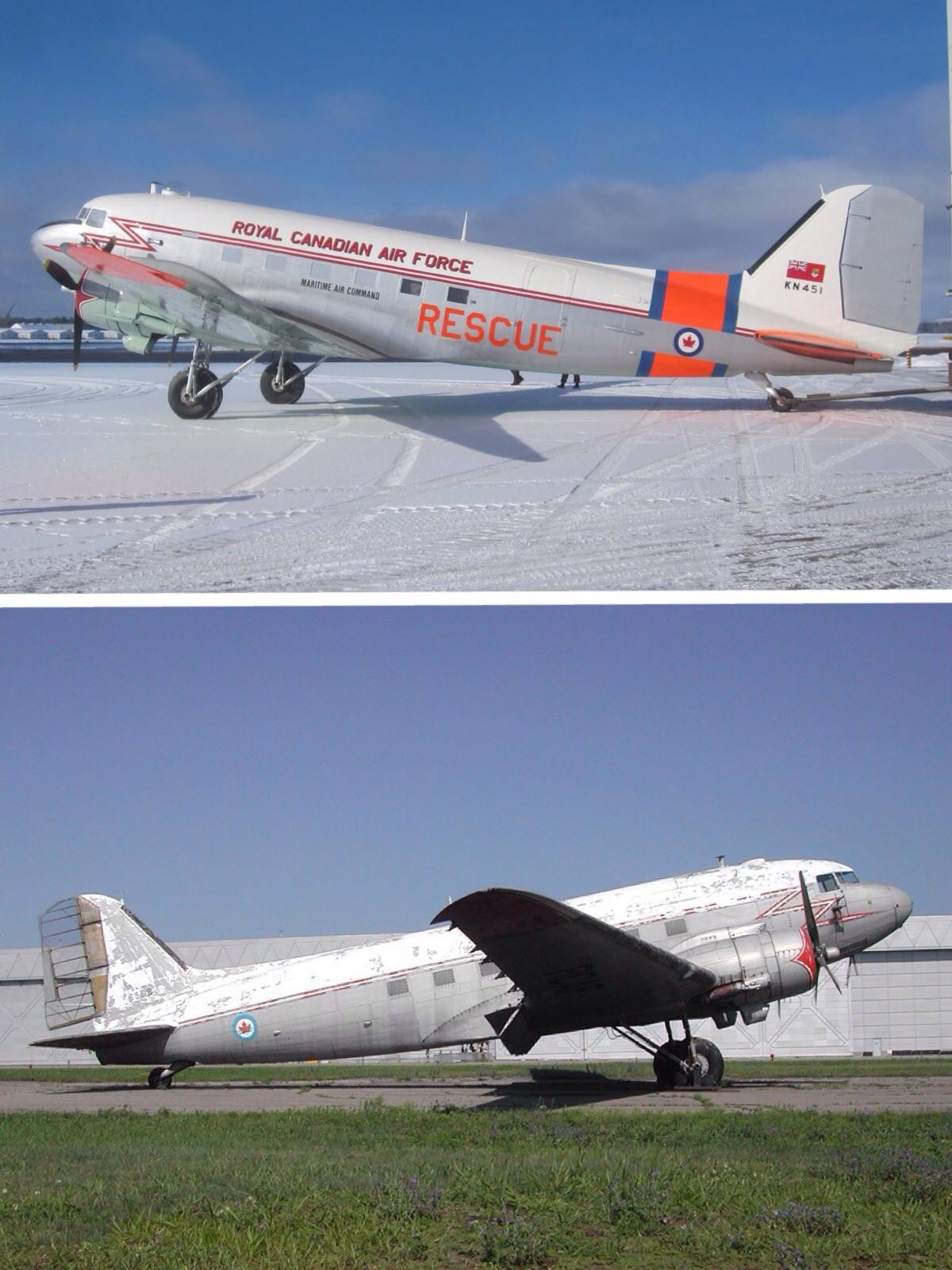
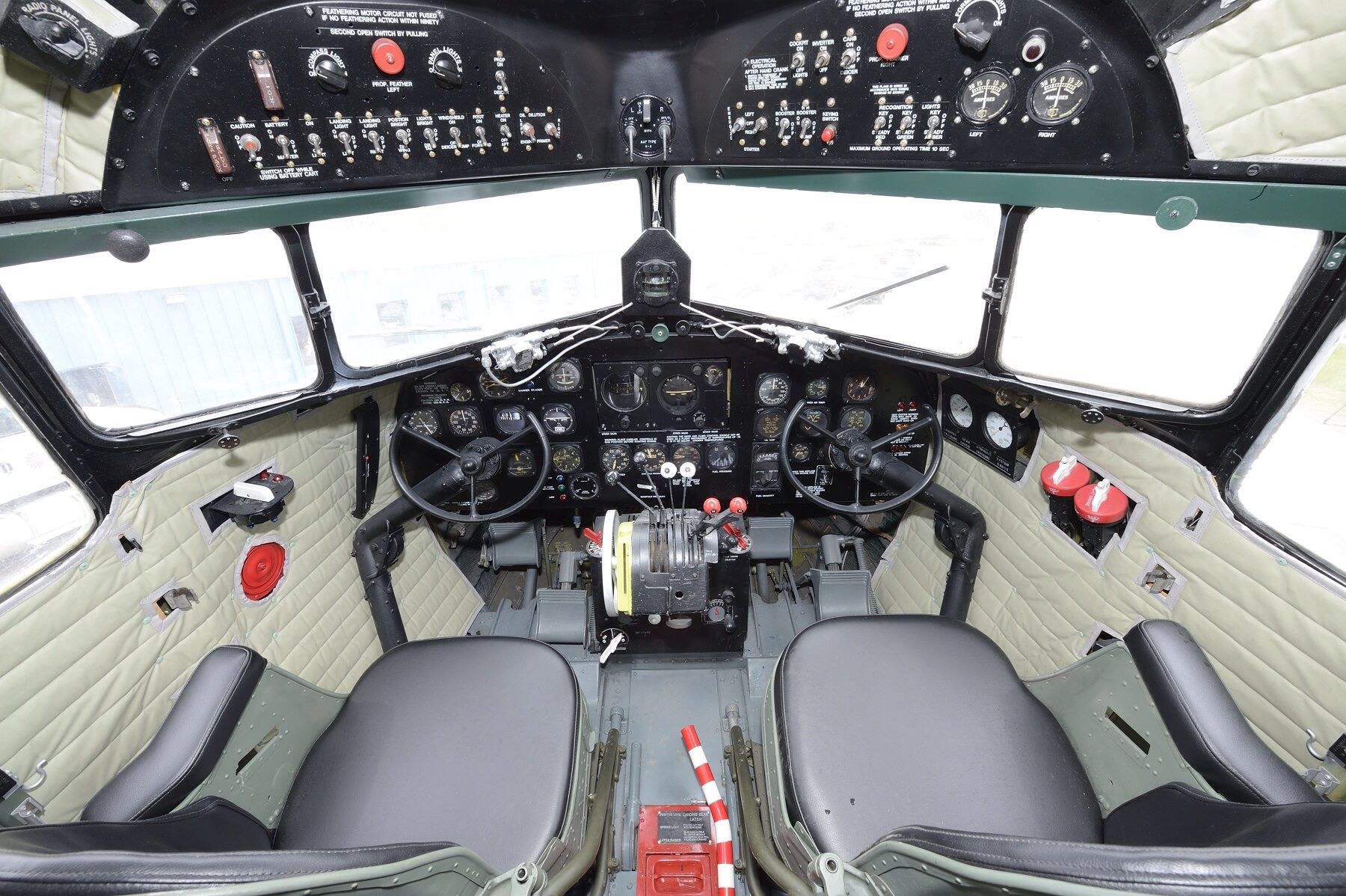
The Museum boasts over 10,000 square feet of indoor display area, covering six distinct stories:
i: Greenwood’s squadrons overseas in World War II.
ii: The British Commonwealth Air Training Plan and early RAF/RCAF Station Greenwood
iii: RCAF Station Greenwood and the Cold War – featuring the impact of the Cuban Missile Crisis.
iV: Post-Cold War Greenwood, with its varied roles
v: A full-size Argus aircraft tactical crew procedures trainer (simulator).
vi: An aircraft engine display.
Exhibits feature many aircraft models, including a 2/3rds scale Spitfire Mk.IX, cutaway engines, aeronautical artefacts, paintings, photographs, and mannequins in period costume. Other recent additions to the Museum’s indoor display include dioramas of unit participation in WW II as well as a restored Sperwer Unmanned Aerial Vehicle, Canada’s first modern UAV.
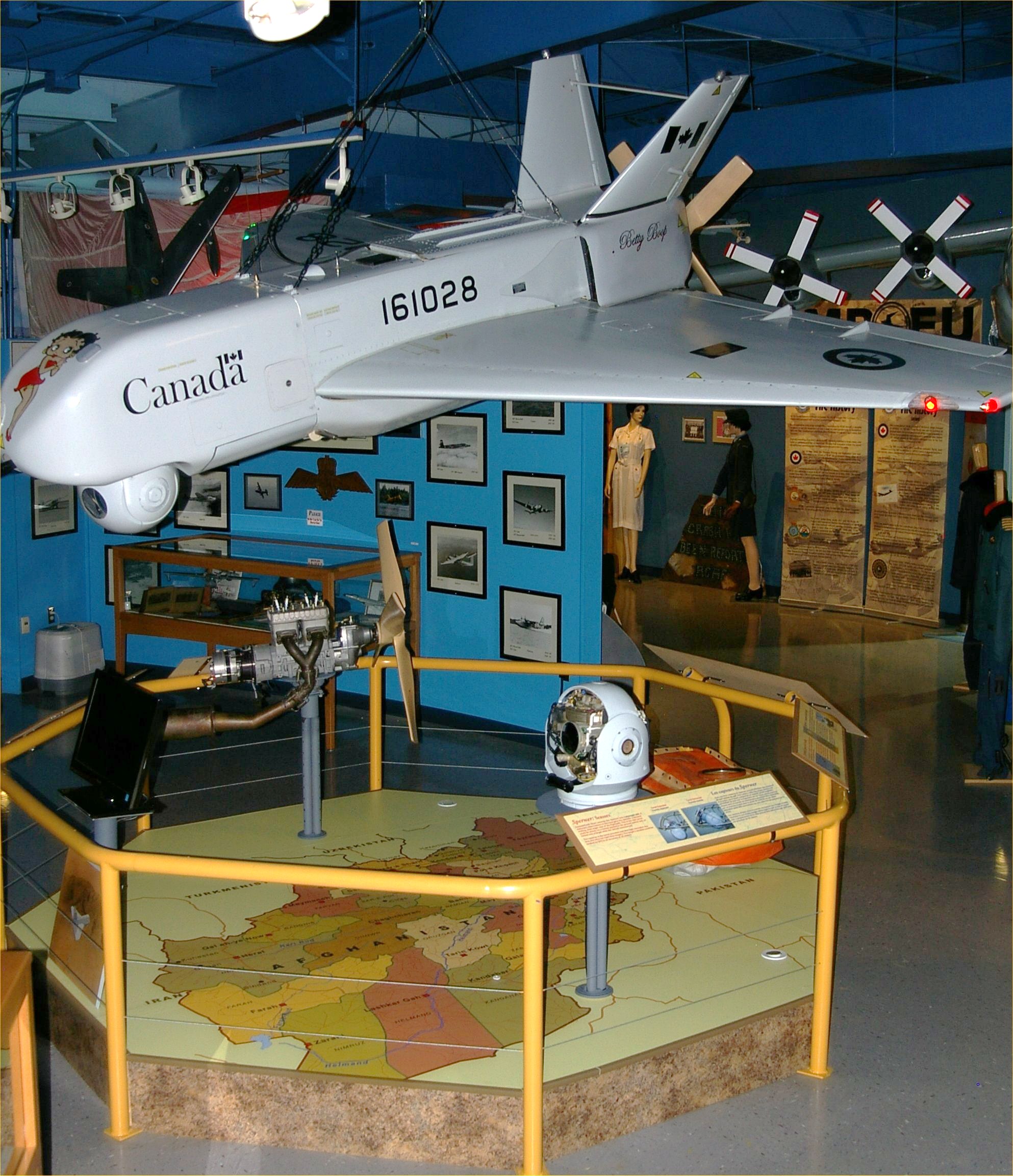
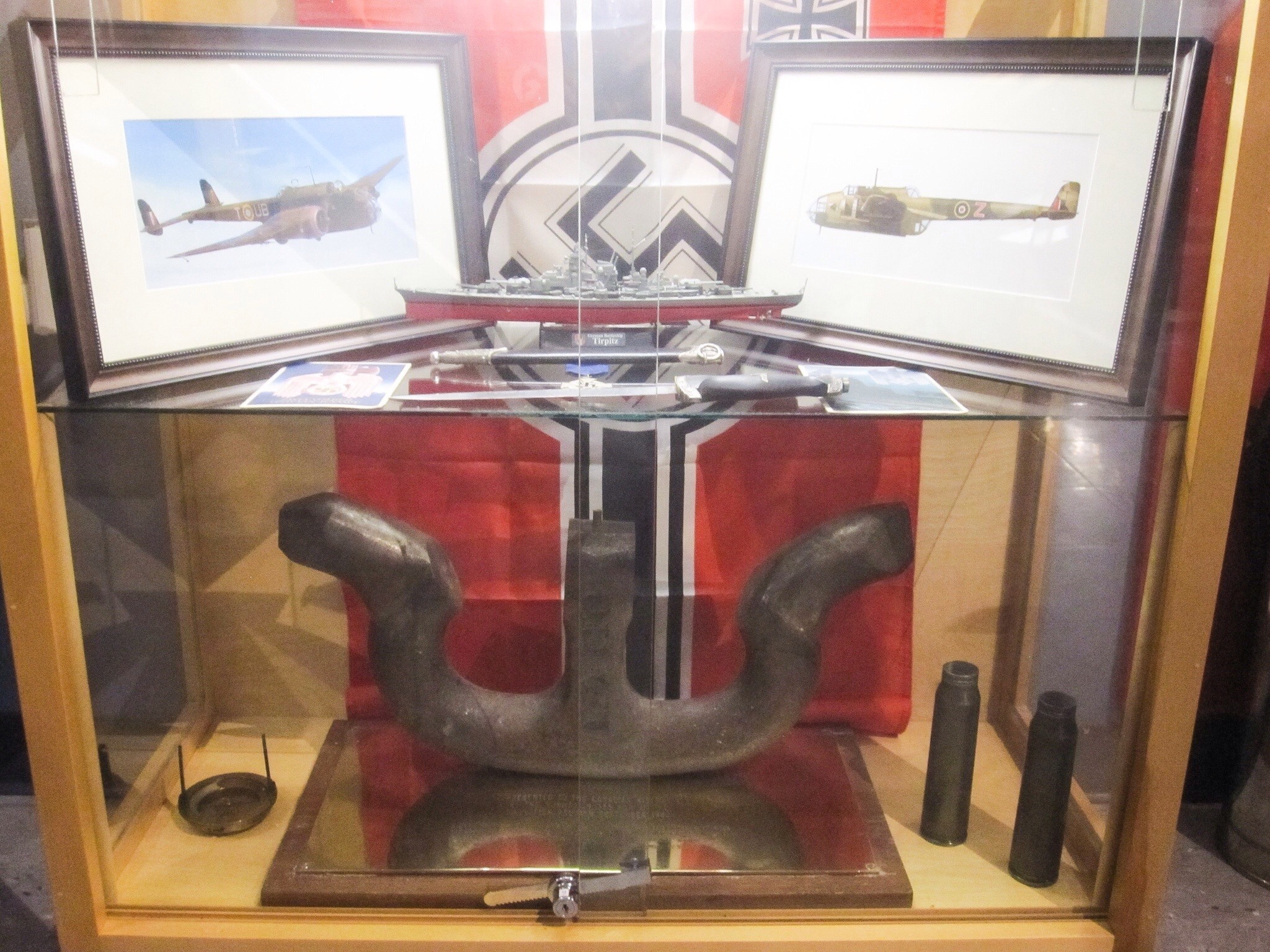
The Museum added a 6000 sq.ft. extension to its hangar in 2012, displaying the freshly-restored Avro Anson Mk.II and a 1946 Willys Jeep aerodrome vehicle. The building will later display a Bristol Bolingbroke Mk.IVT light bomber presently under restoration by museum volunteers. The new extension also includes photographs, paintings and a diorama of a WW II office/rest area.
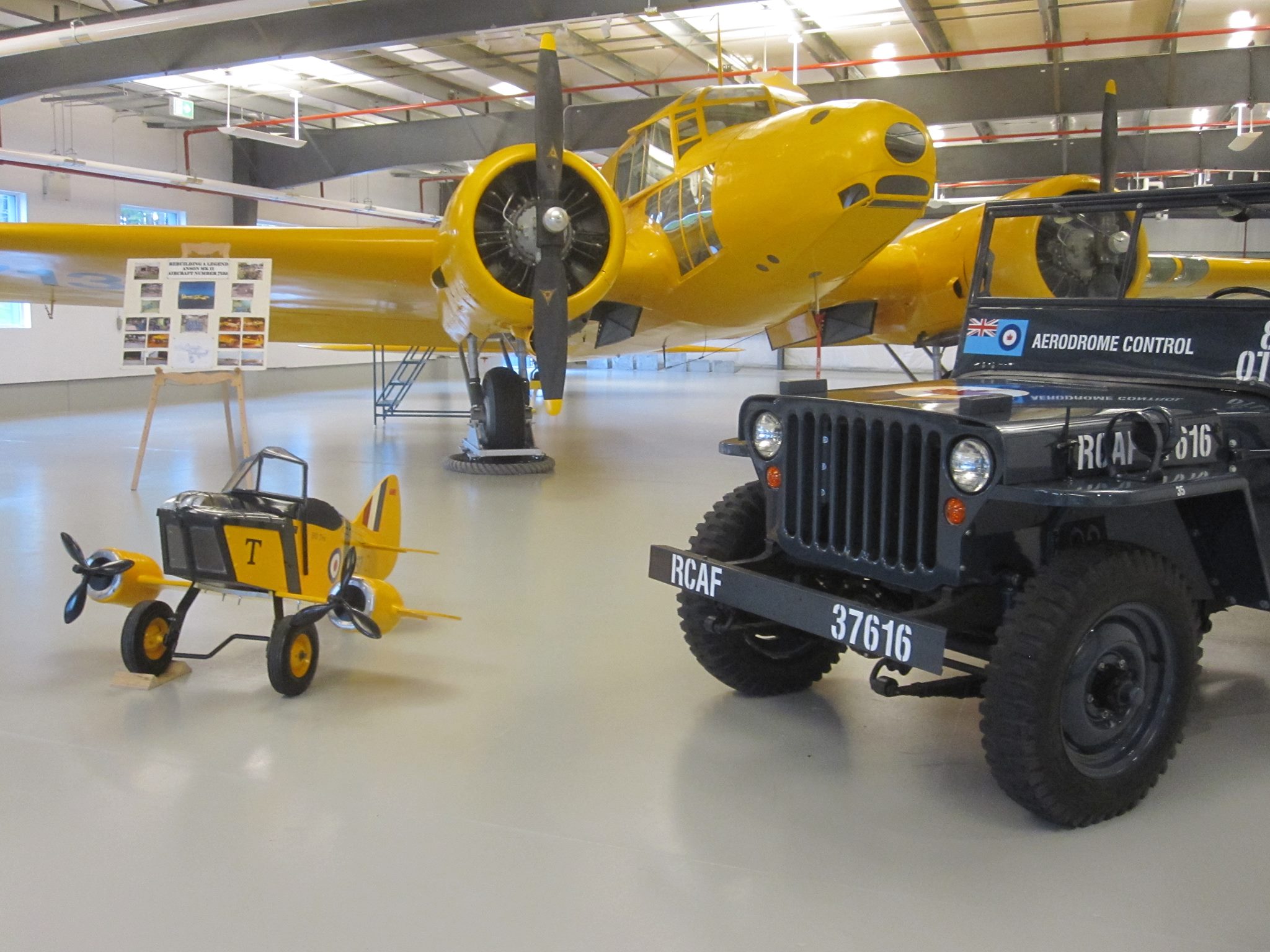
An Air Park surrounds the Museum and contains examples of key aircraft flown from CFB Greenwood, including a Canadian-built Avro Lancaster Mark X, KB839. KB839 reportedly flew 26 missions over Europe with 419 Squadron RCAF during WWII, and has the scars to prove it. Museum volunteers are currently modifying the bomber from her post-war long-nose patrol configuration back to her WWII guise with a reconstructed forward turret. [Ed. Click HERE to see some photos of KB839 during WWII]. Also on display is the only Lockheed P2V Neptune anti-submarine warfare aircraft in Canada, a Canadair Argus Mk.I anti-submarine warfare aircraft (one of just five left), two Canadian-built Lockheed CT-133 Silver Star combat-support jet trainers, the recently-restored Avro Anson Mk.II (built in Amherst, Nova Scotia in 1941), a Boeing-Vertol CH-113 Labrador SAR helicopter and the latest addition, a Douglas C-47 Dakota. The Dakota took museum volunteers eight years to restore, and is painted in 103 Rescue Unit colors to represent an example flown out of Greenwood from 1947 until the late 60s. Other aircraft slated to go on display soon will include a CP-140 Aurora and a C-130 Hercules.
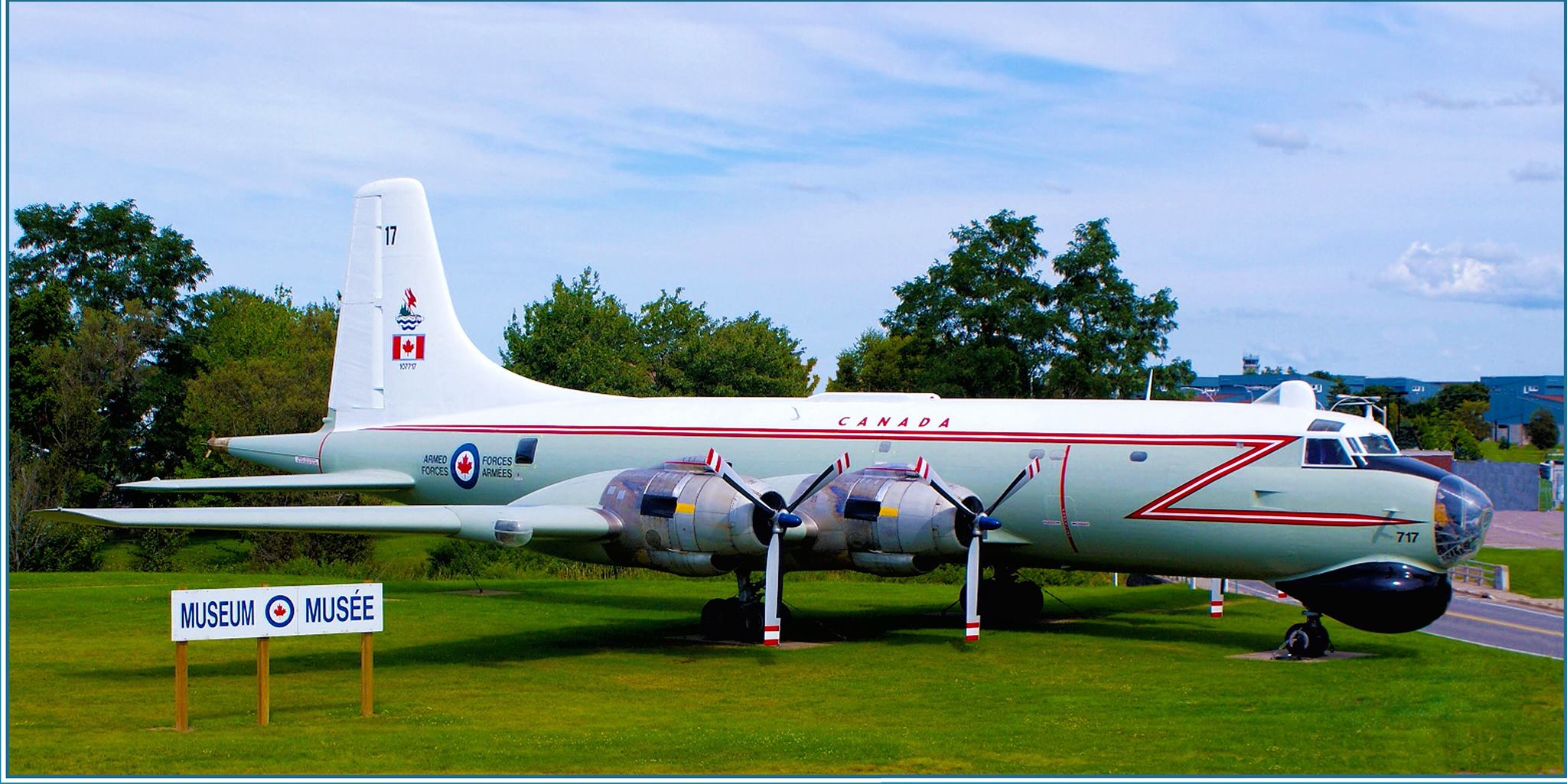
Also in the Air Park is a QUAD Radar antenna used at Greenwood to assist pilots landing in very bad weather, and a “start cart”/auxiliary power unit used to power up the CT-133’s jet engine. Two towing tugs are awaiting restoration before going on display as well.
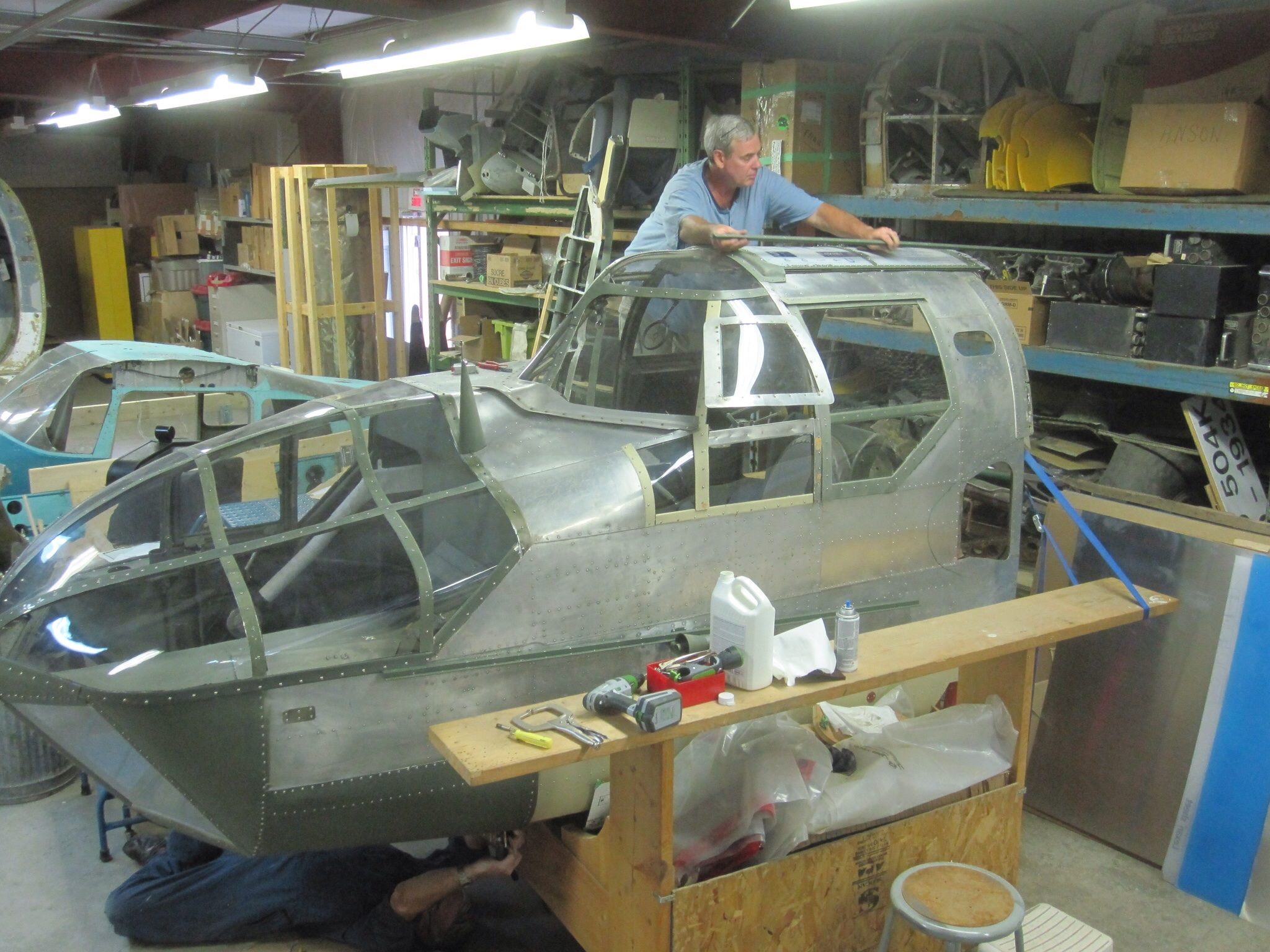
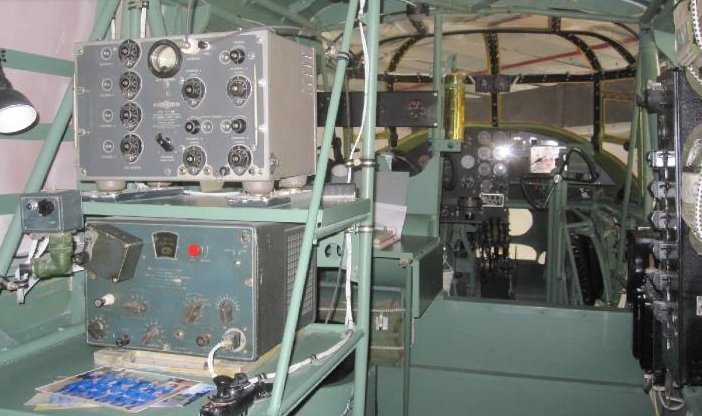
Under restoration is a Bristol/Fairchild Bolingbroke – Canadian version of the Bristol Blenheim, and a Piasecki CH-127 Workhorse helicopter, nicknamed the “Flying Banana”. A major reconfiguration of the Lancaster is well underway, as already mentioned, and she’s also receiving a coat of WWII camouflage to represent a 405 Squadron aircraft. The museum has also acquired a Beechcraft Expeditor, and this will eventually join the restoration queue.
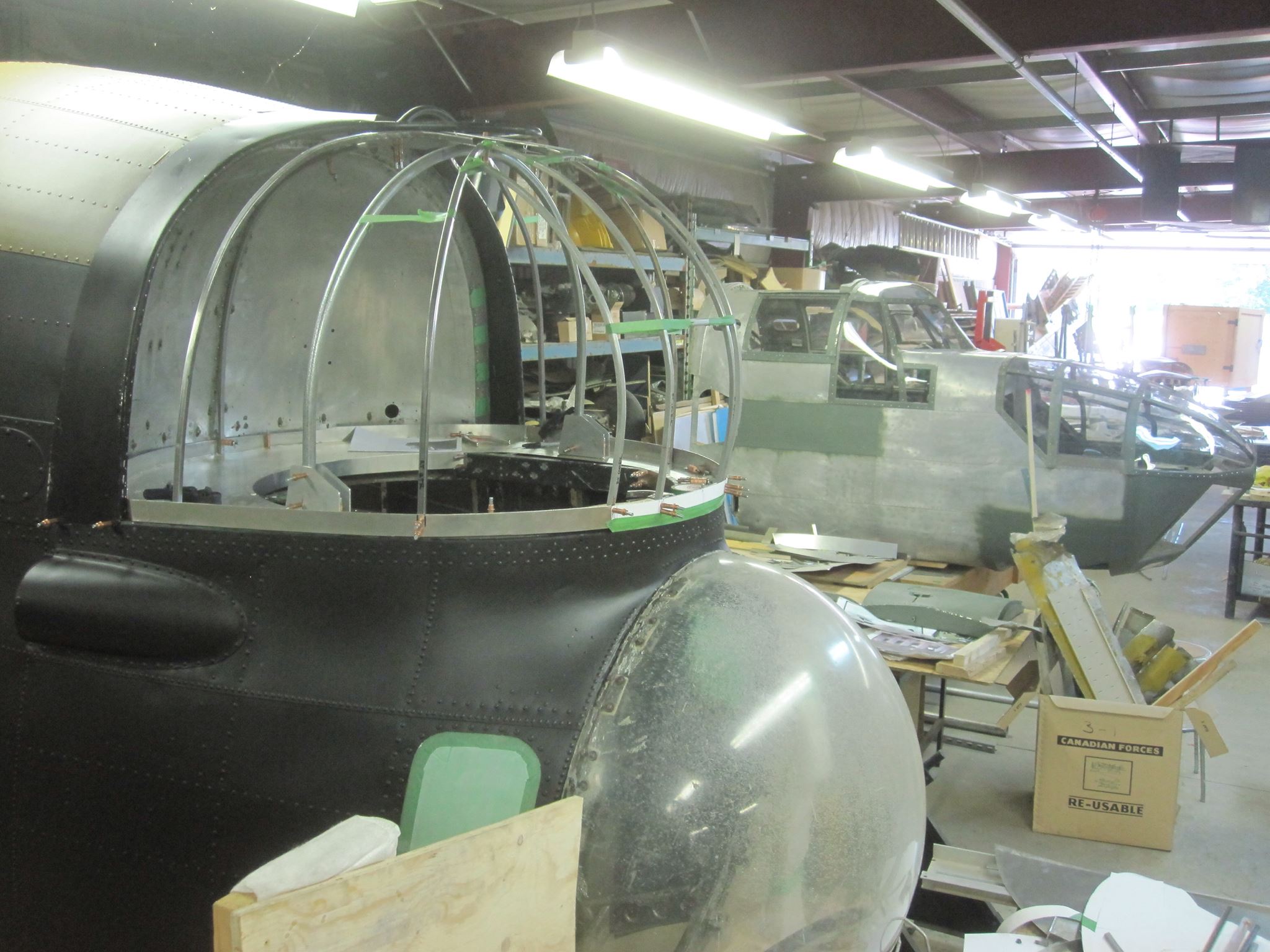
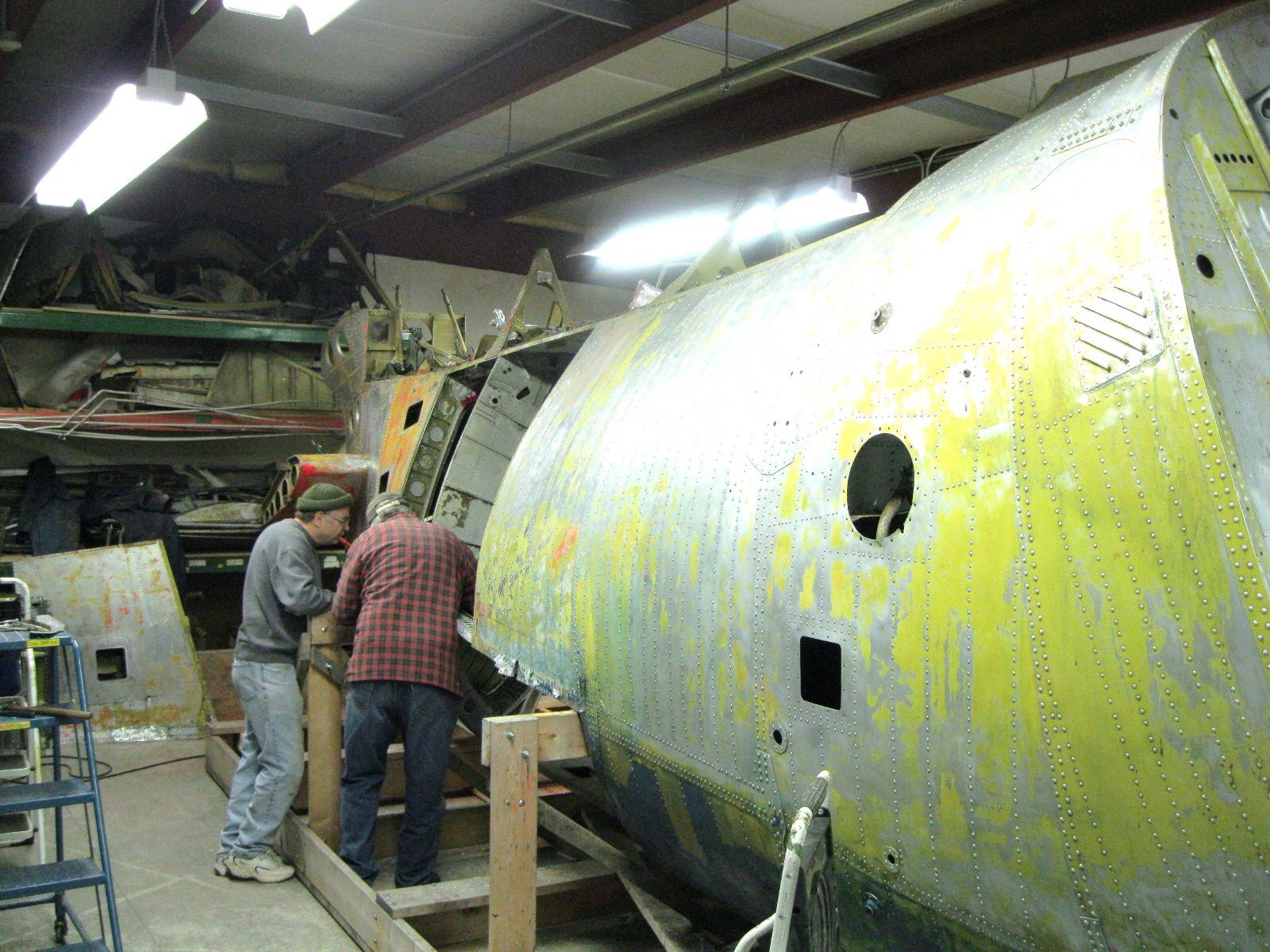
All are encouraged to bring family and friends to view the inside and outdoor displays. The Flight Line Cafe is available for light meals/snacks, and free admission ensures a visitation easy on a family budget. Besides prearranged tours for visitors, cadet organizations – including the large annual Regional Air Cadet Camp – and other interested groups, the Museum provides an annual Flight Education program for grade 6 students, to enhance their curriculum subject “Flight”. Over 5,500 students have gone through the program over the past 12 successful years.
Today, the Museum runs year-long with a part-time Reserve General Manager and a dedicated group of some seventy volunteers from various backgrounds. Led by Society Chairman Ian Patrick, President Brian Handley, Vice-President/Secretary Bert Campbell, Treasurer Ron Hill and nine directors, the Society provides outstanding support in every area of museum operations. Displays are constantly evolving, as new items join the collection, and this helps keep the museum fresh, especially for repeat visitors. A lot has happened in the last year at the Museum with aircraft completing their restorations and going on display, such as the DC-3, and the coming year promises to be just as exciting. Follow the Museum’s progress and its team of volunteers at our web site HERE. and on Facebook HERE.



I watched some of these P2V’s being chopped up at a salvage yard in Norfolk, VA in 1948. It broke my heart.
I have some photos of pilots from the 415 Swordfish Squadron RCAF taken early in the war. I also have some photos of the grave sites at the church in North Coats England. Please let me know if they would be of interest to you.
Also, do you have any information, logs etc. from early Hampton torpedo mission? I am just trying to track down information on my Uncles involvement during that time.
Regards,
Greg Ennis
Greg
We would be interested in the photos and if you could provide info on your Uncle we may be able to help
Regards